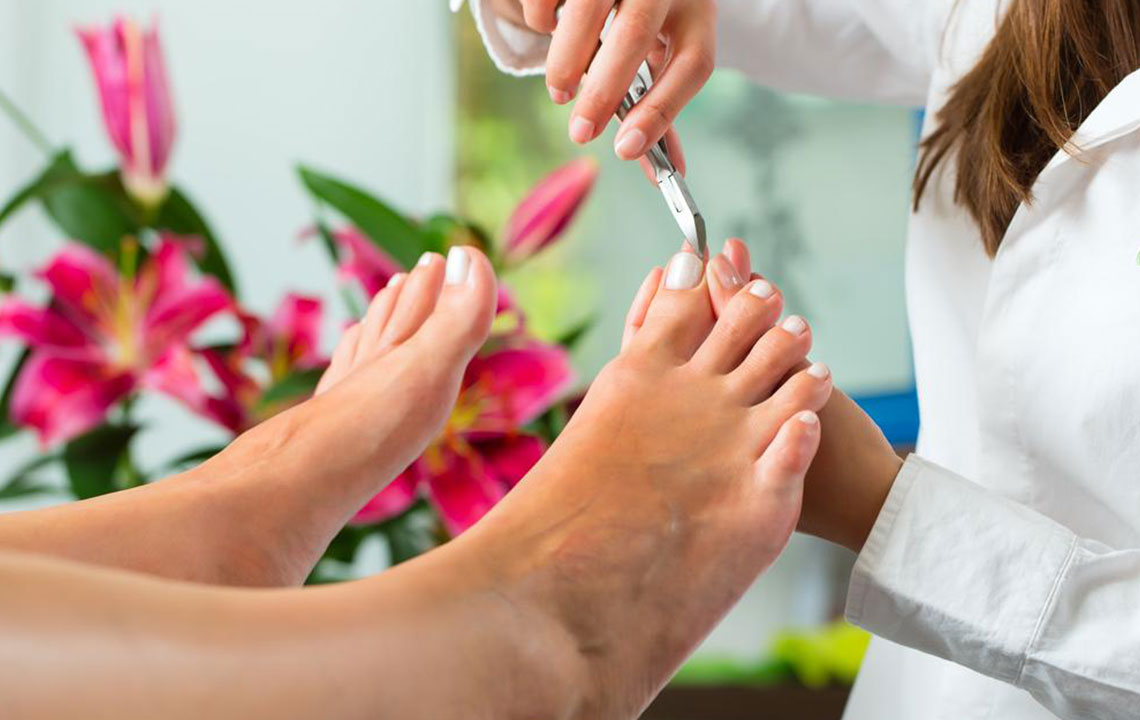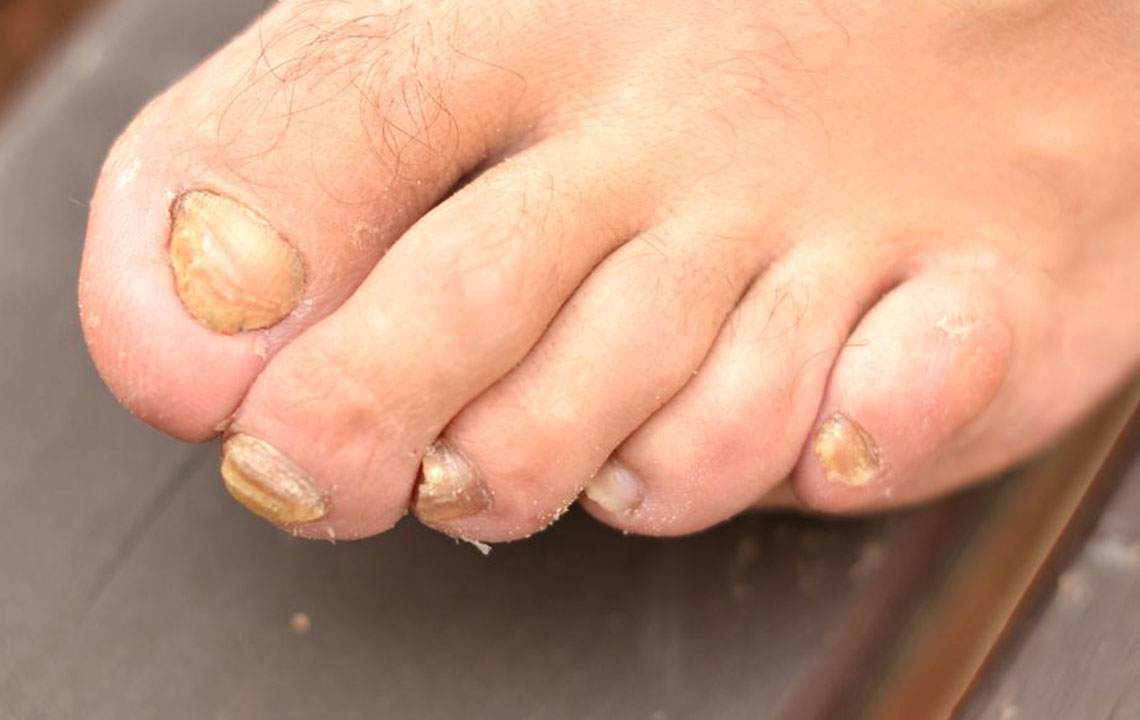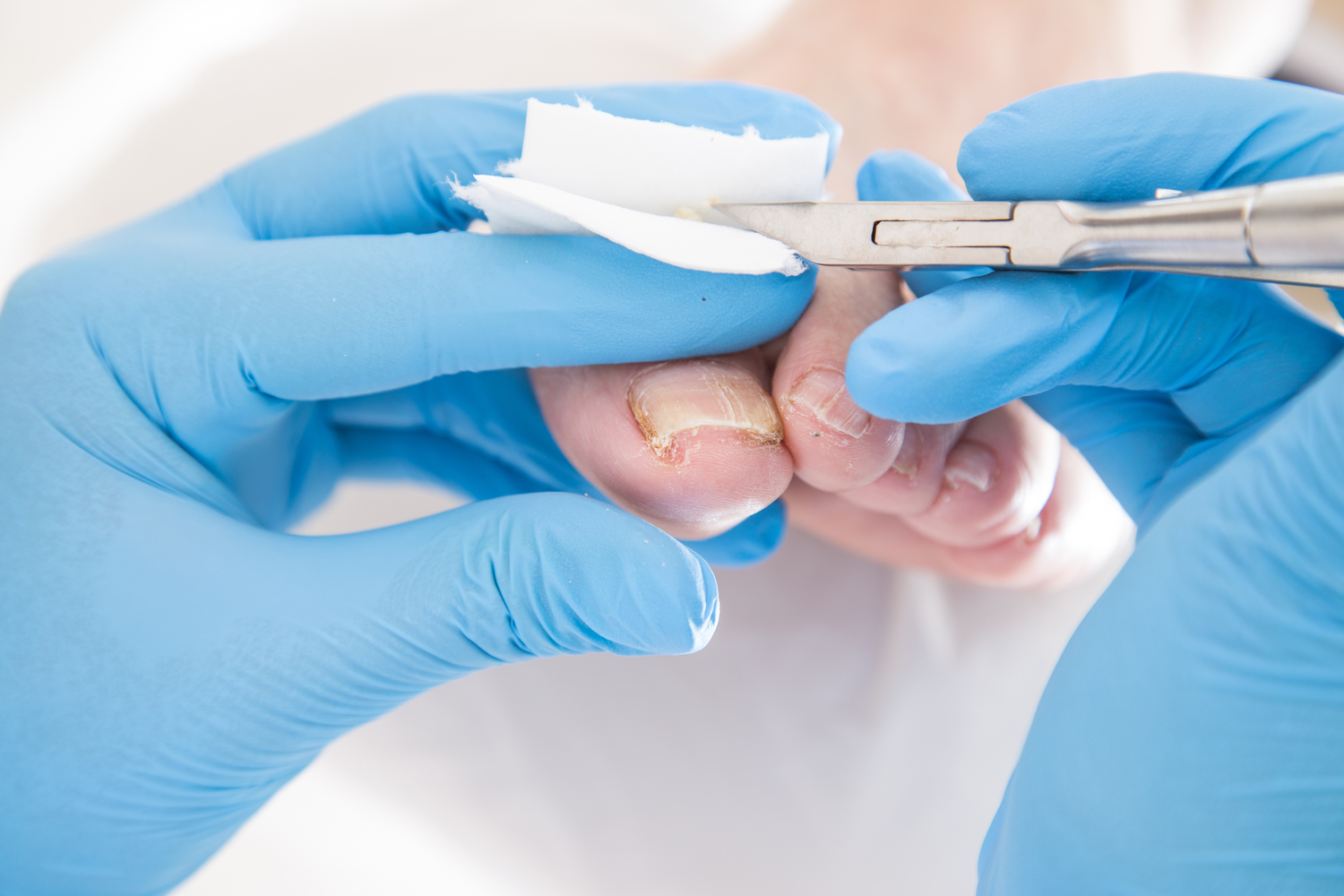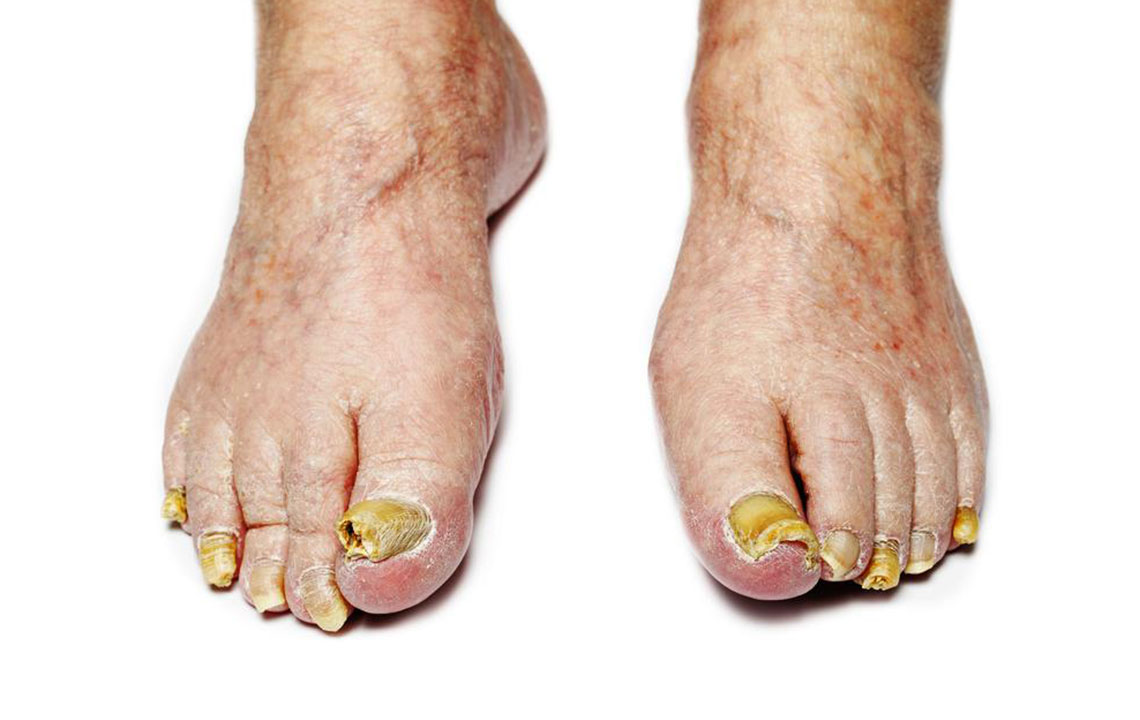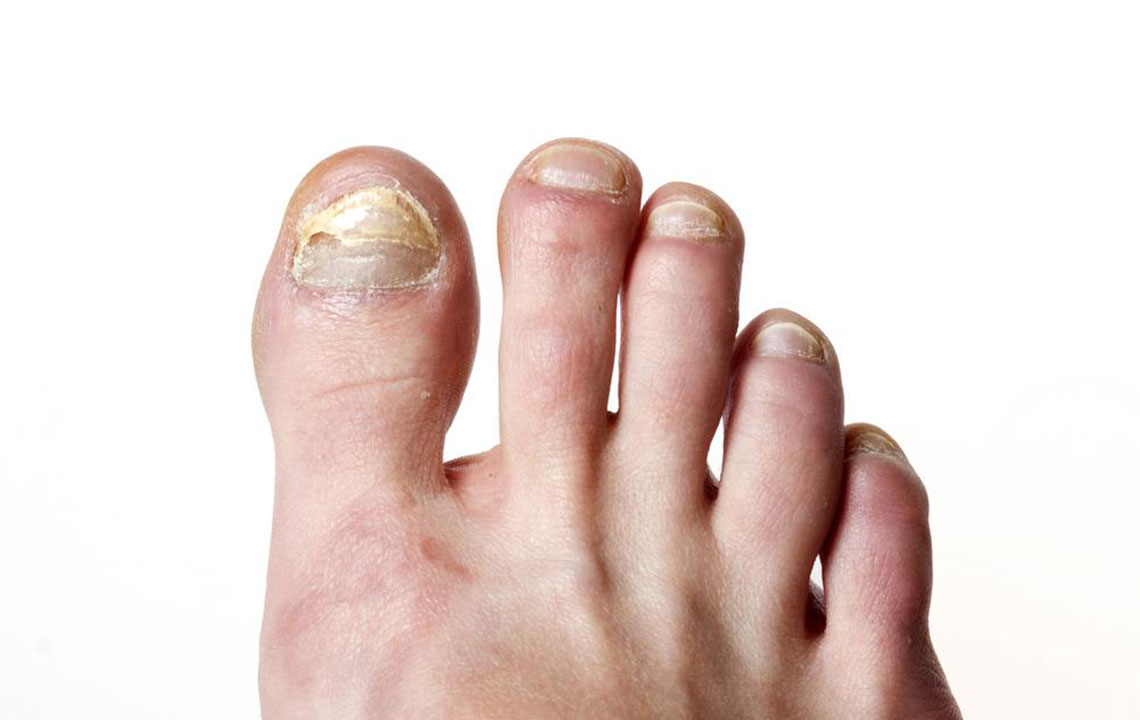Effective Strategies for Fungal Nail Care
Discover effective treatment options for fungal nail infections, including medical prescriptions and natural remedies. Early diagnosis and proper care can restore nail health quickly. Consult a healthcare professional for personalized advice and choose from topical applications, oral medications, or home remedies such as tea tree oil and vinegar soaks to eliminate the fungus efficiently.
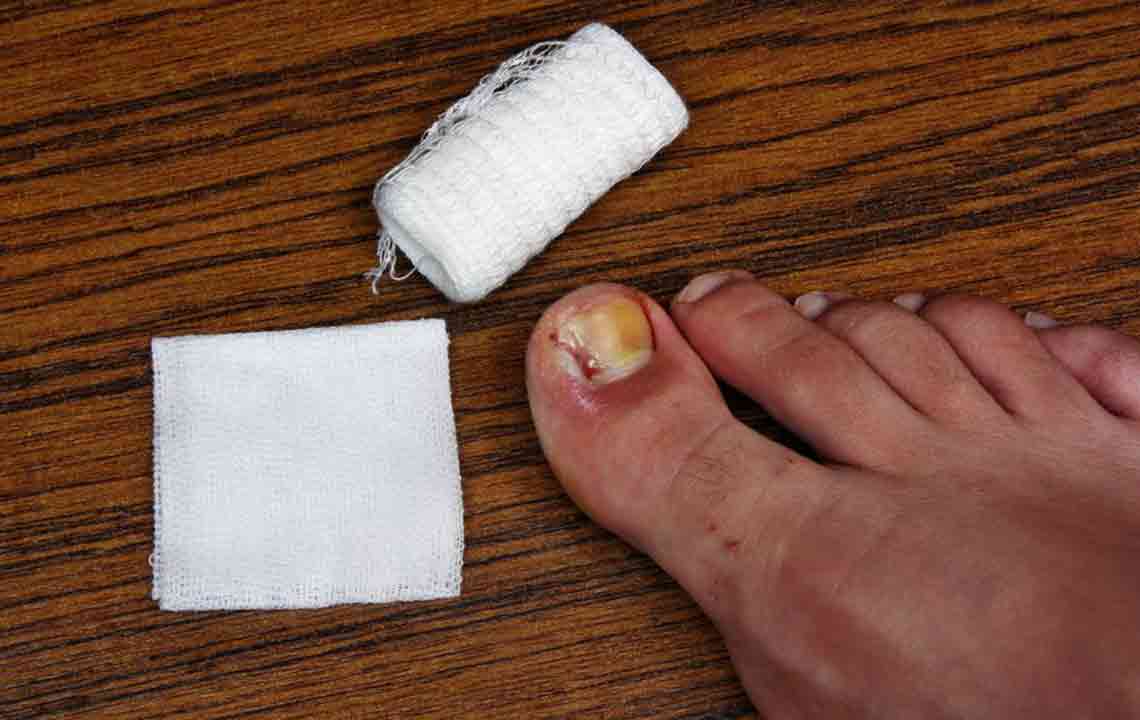
Effective Strategies for Fungal Nail Care
Nail infections caused by fungi often result in thick, yellowish nails attached to the skin beneath, leading to discomfort during clipping. Even when scraped, a chalky residue may remain underneath. If nails turn yellow and begin to curl, it indicates a fungal infection. The most effective treatment options aim to eliminate the fungus and quickly restore the nails' healthy appearance.
What are the top methods to treat fungal nails?
Consulting a healthcare professional is the initial step for many dealing with fungal nails. Prescription medications, topical creams, and lotions can effectively treat mild to moderate infections if caught early. However, when nails turn fully yellow or thickened, stronger medications may be necessary.
As the infection becomes more severe, medical professionals may recommend more potent prescription drugs or even nail removal. Typically, antifungal treatments include topical and oral medications.
Home remedies have gained popularity for treating fungal nails. Several natural methods can be practiced at home to combat the infection effectively, including:
Cinnamon oil application: Regular soaking of nails in a 2% cinnamon oil solution may help reduce yellowing within a month. Multiple daily applications seem to accelerate the healing process, though research is limited.
Tea tree oil: Applying this oil twice daily may show noticeable improvements in about three weeks, thanks to its natural antifungal properties. Ensuring oil penetrates under the nail can aid healing.
White vinegar soaks: Dipping nails in vinegar for 30 minutes twice daily can help break down the infection, making nails thinner and more brittle as the fungus recedes.
What are available medical treatments for fungal nails?
Topical antifungal creams, gels, and medicated nail polishes: These are suitable for mild to moderate cases and help prevent recurrence. Nail lacquers are applied daily for a week.
Oral antifungal medications: For more severe infections, doctors prescribe pills that are highly effective.
Nail removal might be necessary if infections keep returning. This could involve surgical procedures, decided upon after thorough examination. If a bacterial secondary infection exists, antibiotics may be prescribed, either topical or oral.
When should antifungal pills be used?
Combining nail removal with antifungal or topical treatments enhances effectiveness compared to single approaches. If uncertain about the best course of action, consult your healthcare provider for tailored treatment options.

